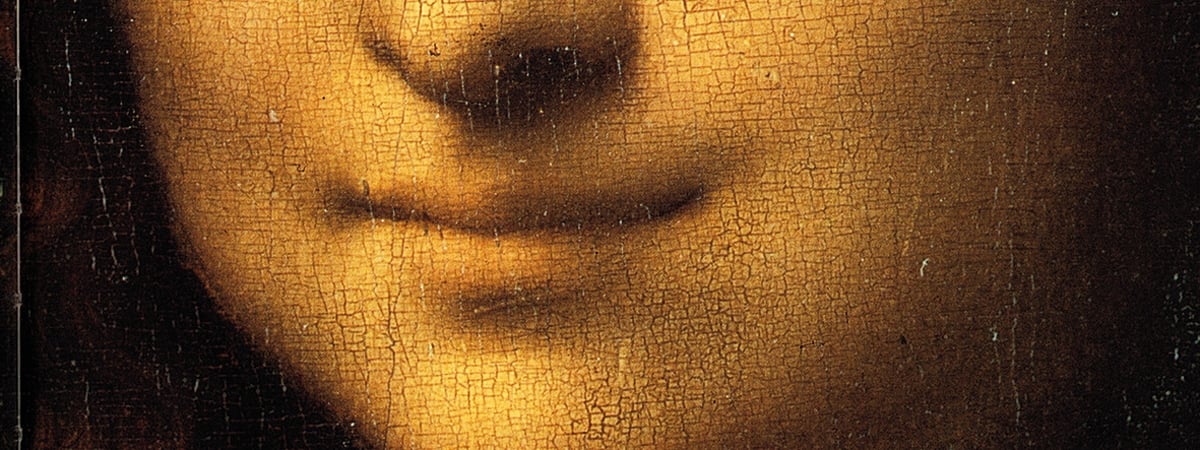Every day I spend hours and hours on my phone. I have Instagram, Facebook and Twitter accounts. I have three email addresses. I watch soccer highlights, comedy clips, how-to advice and random music videos on YouTube. I download podcasts, which I listen to while driving, and I’m addicted to Waze and Google Maps. I do all this, and much more besides, without much thought, just a little lingering anxiety.
We are all doing it, aren’t we? It has come to feel completely normal. Even when I put my device aside and attach it to a charger, it pulses away in my mind, like the throat of a toad, full of blind, amphibian appetite. Habitually, several times a day, I check certain apps that bring me news from the worlds of sport, politics and art. A goal by Zlatan Ibrahimović. A shark attack off La Perouse. The latest tweet by Donald Trump. A painting by Banksy that self-destructs after it is purchased at auction. All of it more or less extraordinary and tending towards the unthinkable, which is precisely the reason I click on it.
I am aware that using apps, signing up for their services and paying for things online means I am handing out information about myself to people whose motives I can’t know. I feel I should be bothered by this, but I’m not, particularly. Any potentially harmful ramifications feel too distant, obscured by weedy thickets of cause-and-effect I can’t possibly unravel. I try not to think about what the makers of these apps, the advertisers to whom they sell my data, or the people to whom they sell it on, think they know about me by now. But it comes to my mind, I admit, whenever I get an incoming call, usually sometime in the early afternoon, which briefly makes me feel as though I may be in the opening scenes of a David Lynch movie. I answer it, knowing better, but … well, just in case. A prerecorded female voice starts speaking in Mandarin or Russian or robotic American English. I hang up, mumbling an unnecessary explanation to whomever I might be with.
Ah, I tell myself: they know superficial stuff about me, whoever these people are. They know my phone number and my age. They probably know what sports teams I support, what music I listen to, and where I do the weekly food shop. From all this, they can probably guess (though I try to keep my opinions to myself) how I will vote. But they cannot know my inner life.
*
Wait. “Inner life”? What would that even be? I search through old notebooks and come across a passage I wrote down years ago. It’s Anton Chekhov, describing Gurov, the character at the centre of his most famous story, “The Lady with the Dog.” “He had two lives,” writes Chekhov,
one open, seen, and known by all who cared to know, full of relative truth and of relative falsehood, exactly like the lives of his friends and acquaintances; and another life running its course in secret. And through some strange, perhaps accidental conjunction of circumstances, everything that was essential, of interest and of value to him, everything that made the kernel of his life, was hidden from other people; and all that was false in him, the sheath in which he hid himself to conceal the truth – such, for instance, as his work in the bank, his discussions at the club … his presence with his wife at anniversary festivities – all that was open. And he judged of others by himself, not believing in what he saw, and always believing that every man had his real, most interesting life under the cover of secrecy and under the cover of night.
There is something almost biblical about Chekhov’s passage: its commanding clarity, its plain language, its explanatory force. The imagery here could not be more explicit. In Gurov, Chekhov is saying, and perhaps in all of us, there is an inside and there is an outside. The inside, the “kernel,” hidden from other people, is essential, of interest, real. It may be harder to get to know – it runs its course in secret – but in the quest for self-knowledge, it has tremendous prestige. (It is not by accident that we are reading about it in a prestigious work of fiction: our “inner lives” are precisely what we expect to learn about in literature.) The outside, the “sheath,” is all relative and, at its worst, false, a sham.
This conception implies a whole philosophy of selfhood, and a whole literature to go with it. There would be no Virginia Woolf, Marcel Proust, James Joyce or Robert Musil; there would be no Catcher in the Rye, no Albert Camus, no Christina Stead or Alice Munro without this troubling distinction between a true core and a sham exterior.
I say “troubling” only because there is a sense in the passage that something is not right. What is sham and what is true? That’s one problem – one I’m not about to try to solve. The other is more immediate. It’s that the distinction between inside and outside, so sharply etched, feels fundamentally worrisome. It is the source, Chekhov seems to be suggesting, of an unknown malaise in Gurov. He is a man divided. There is a pressure building within him, which may be intolerable. There may not be a gun on the wall, but there’s no doubt about it: Gurov is headed for trouble.
CONTINUE READING
This is an extract from Sebastian Smee's Quarterly Essay, Net Loss: The Inner Life in the Digital Age. To read the full essay, subscribe or buy the book.
ALSO FROM QUARTERLY ESSAY












